Wildlife in gardens
A wide variety of insects and other invertebrates, birds, mammals and amphibians are found in gardens. Help make your garden an even better home for them by providing suitable habitats and plantings.
Quick facts
See your garden as a series of micro-habitats to attract wildlife
Leave some grass to grow long and dead wood in the garden
Both native and non-native plants help support wildlife
Jump to
How gardens help wildlife
Private garden space in Britain cover about 728,900 hectares (1,801,151 acres) so their potential as a haven for wildlife is considerable. Many already provide food, shelter and breeding sites for a wide range of animals which increases the interest and enjoyment of a garden. Yet most could be planted and cultivated in ways to provide wildlife with so much more.
Thankfully, relatively few of Britain’s 22,400 species of insects are garden pests; of the rest, some of the others are beneficial as pollinating insects, or as predators or parasites of pest species, while the majority feed on dead or living plant material without having any detrimental effect on gardens.
Tap into the wealth of information and inspiration on our wildlife gardening gateway and find answers to commonly asked questions in our Wildlife gardening 101.
Garden habitats
Gardens contain many micro-habitats which are so important for wildlife:
Water
Installing a pond or other water feature such as bog garden is a great way to increase the wildlife interest in a garden.
A pond provides a breeding place for frogs, toads, newts, dragonflies and all the other aquatic fauna. It is also a drinking and bathing area for birds and other animals.
Tips for water habitats:
- Site ponds in a spot which gets plenty of sun and is unlikely to fill up too quickly with fallen leaves from trees
- Include at least one sloping side in a pond so that amphibians and other wildlife can easily get in and out of the water
- Plant up your pond or bog garden to provide plenty of cover, both in and out of the water
- If you don't have much space, make a pond in a pot - it will still be a help for wildlife
- Collect rainwater to top up your pond
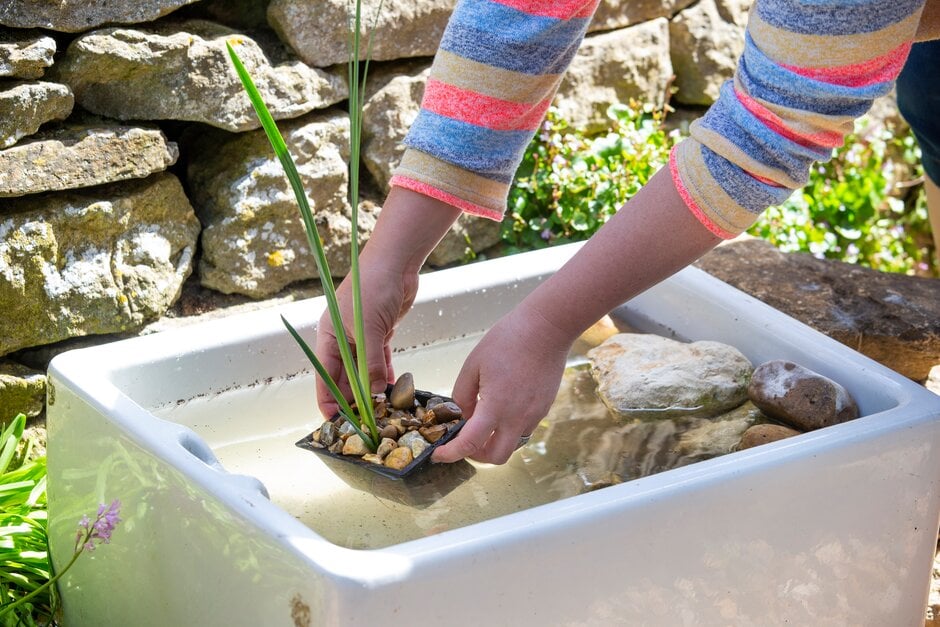
How to make a wildlife container pond
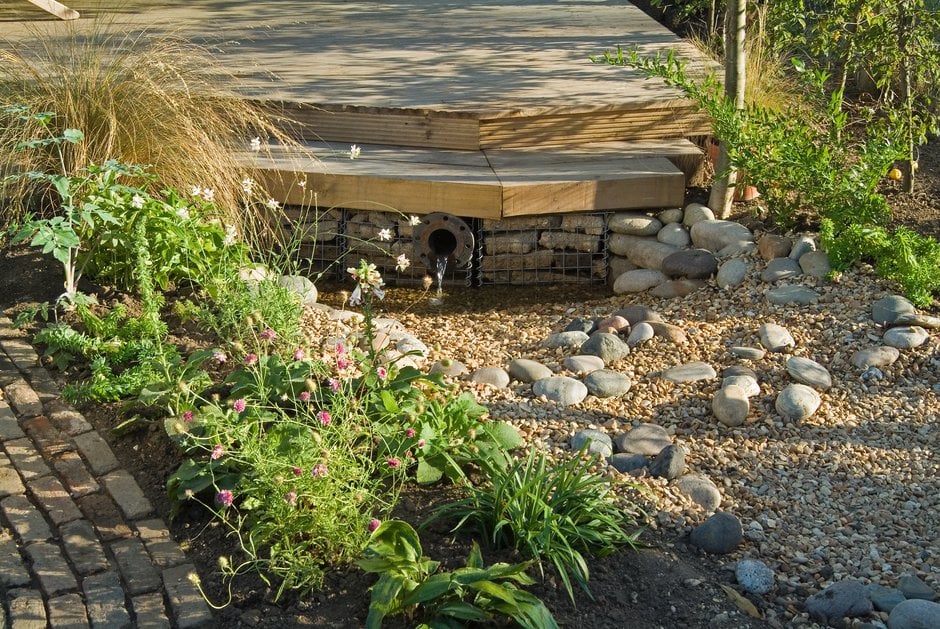
Rain-fed wildlife-friendly pond step-by-step
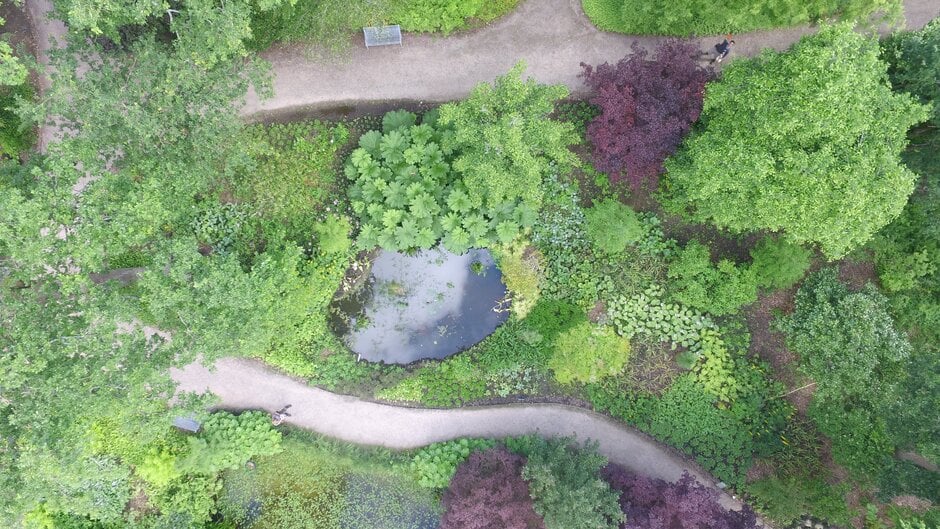
Water habitats
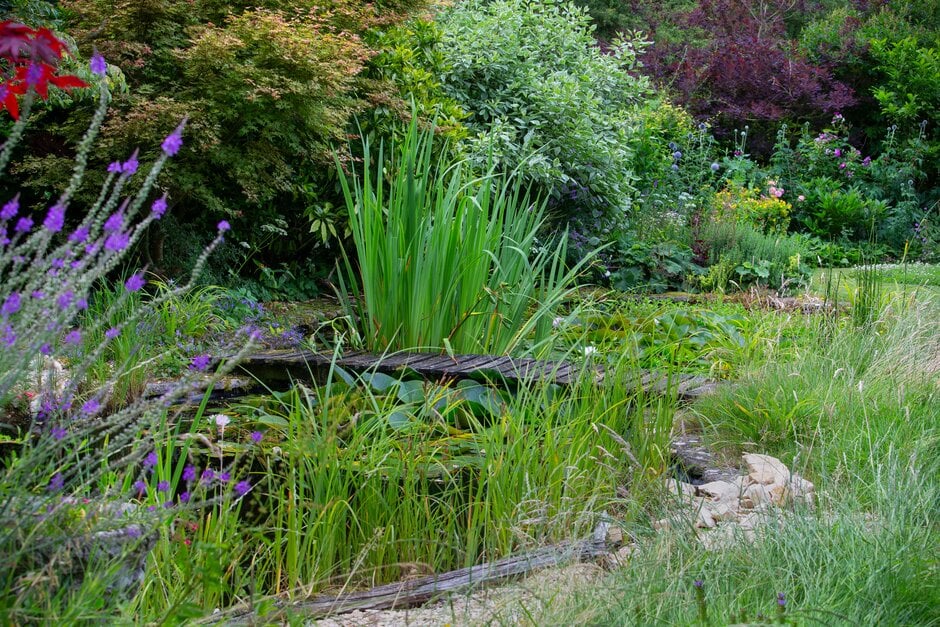
Wildlife ponds
Stone
Stone is another useful element in the garden, if you can readily source it. Dry stone walls offer nooks and crannies for small mammals and reptiles. A pile of rocks and stones makes a snug hibernaculum for overwintering reptiles and amphibians. Pebbles, flat stones and even gravel are used by butterflies for basking and song thrushes for cracking open snail shells on.
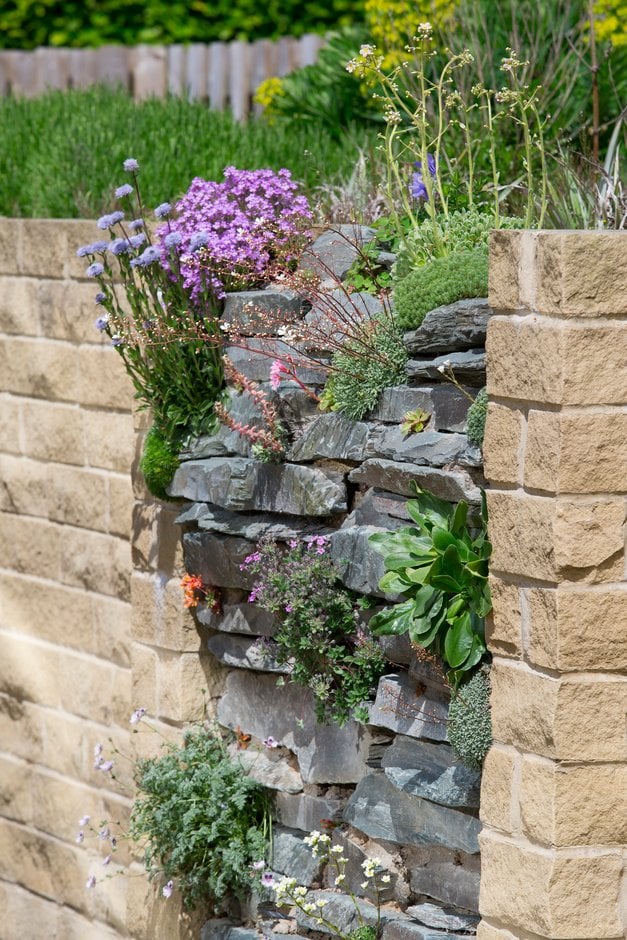
Stone and coast habitats
Lawns and mini-meadows
A lawn can be a surprisingly rich environment for wildlife. Short grass is a good spot for birds such as green woodpeckers and blackbirds to search for ants and earthworms. Allow your lawn "weeds" such as clover and dandelions to flower in between cuts to provide nectar for pollinating insects and and seeds for birds. Or let the grass grow long for the summer so that it can feed the caterpillars for various butterflies such as skippers, meadow brown, speckled wood, gatekeeper, ringlet and small heath.
The addition of other flowering plants will increase the wildlife value of lawns. These establish best if raised as small plants in seed trays and transplanted into the lawn.
Attractive wild flowers for short turf;
bird’s-foot trefoil (Lotus corniculatus)
eyebright (Euphrasia spp.)
self heal (Prunella vulgaris)
violets (Viola spp.)
wild thyme (Thymus polytrichus)
And for long grass left uncut for most of the summer;
devil’s-bit scabious (Succisa pratensis)
field scabious (Knautia arvensis)
hemp agrimony (Eupatorium cannabinum)
hogweed (Heracleum sphondylium)
knapweeds (Centaurea spp.)
mallow (Malva sylvestris)
teasel (Dipsacus fullonum)
wild marjoram (Origanum vulgare)
Or try sowing a mini-meadow, choosing a seed mix or wildflower turf which best suits your soil. Fertilizers and weedkillers should not be used on wildflower lawns or meadows.
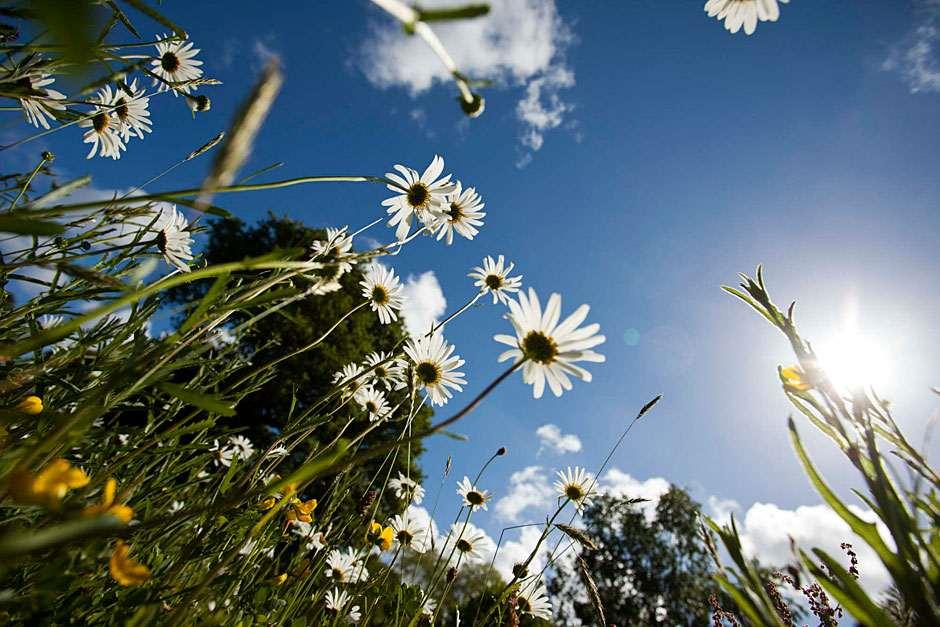
Creating wildflower meadows
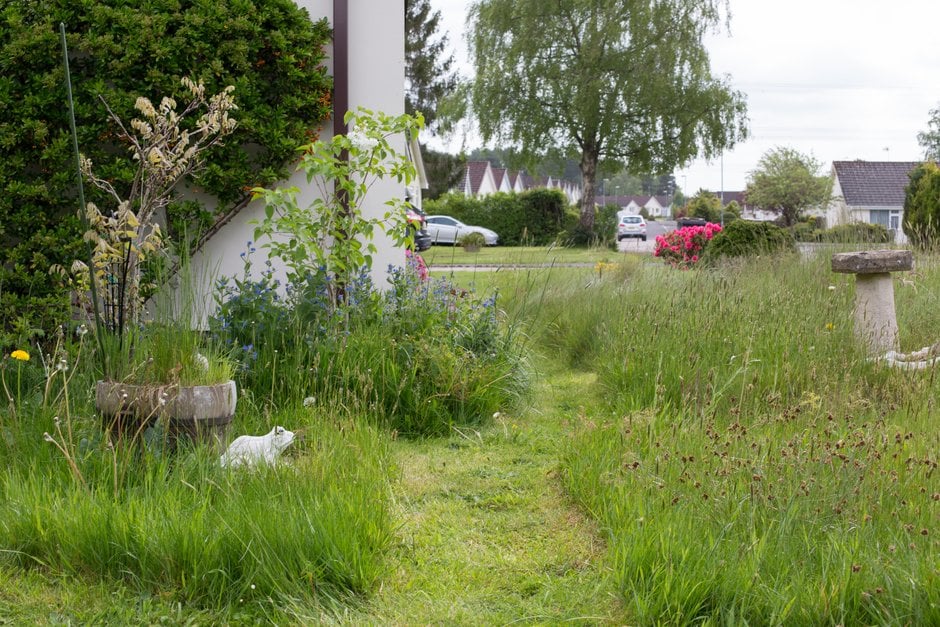
Lawn and mini-meadow habitats
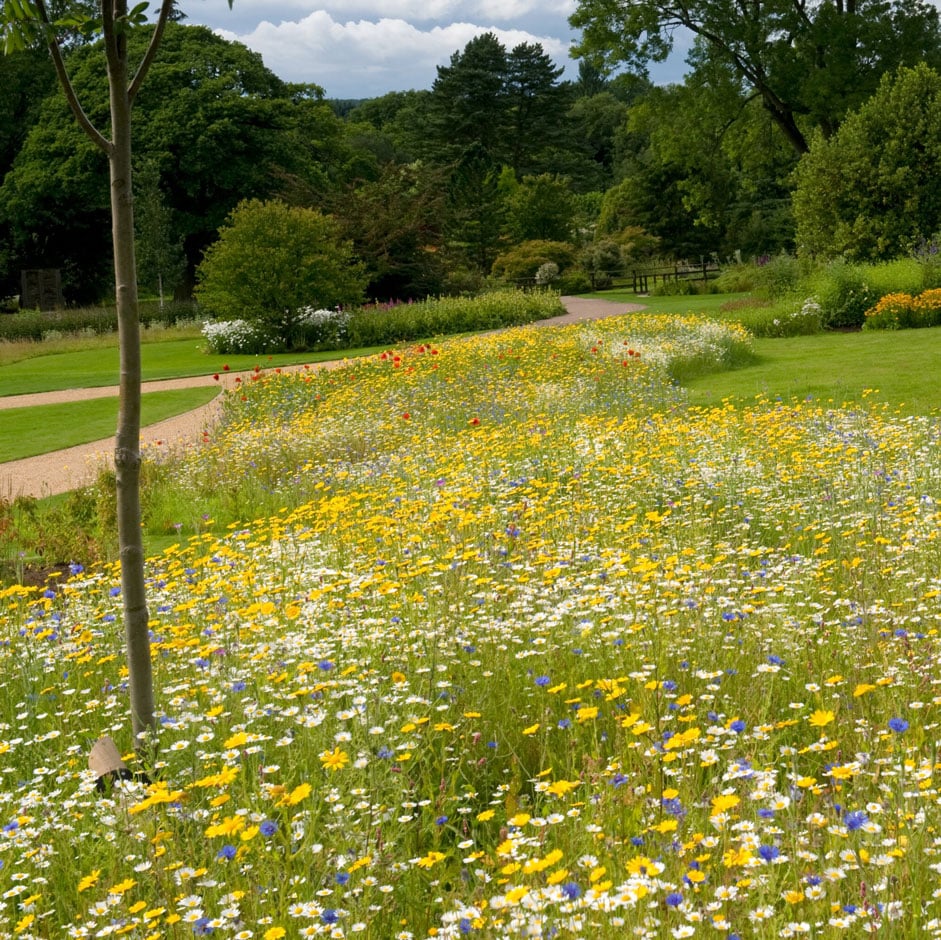
Wildflower meadow maintenance
Climbers, walls & fences
Cloth fences and walls with climbing plants or wall shrubs. These provide shelter for spiders and insects. And good nesting spots for wrens, robins and blackbirds. Some plants have additional flower and berrying benefits for wildlife such as pyracantha, honeysuckle, ivy and hip-bearing roses such as 'Rambling Rector', 'Frances E. Lester' and 'Scharlachglut'.
Green walls
Hedges, woodland edges, banks & ditches
Living boundaries, such as hedges, are of great value to wildlife, offering refuge and a safe corridor for animals to move about around the garden and between gardens in your neighbourhood. Spread this out to a wider border planted up with some specimen trees and you have effectively created a woodland edge.
Other linear features to incorporate, especially if you have a fairly flat garden, are banks and ditches. Their sides offer sun or shade, dry or damp conditions, depending on the aspect.
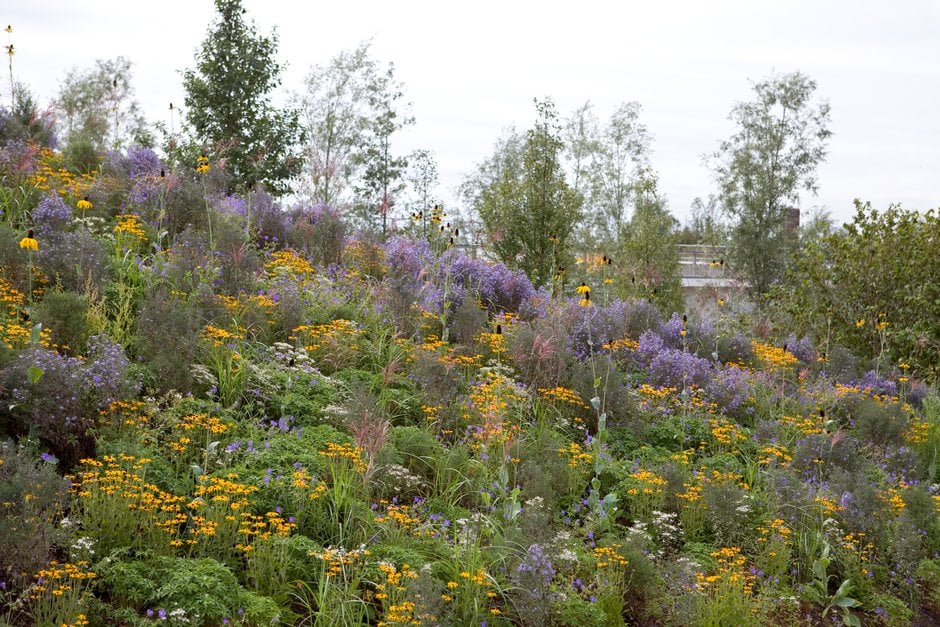
Bank and ditch habitats
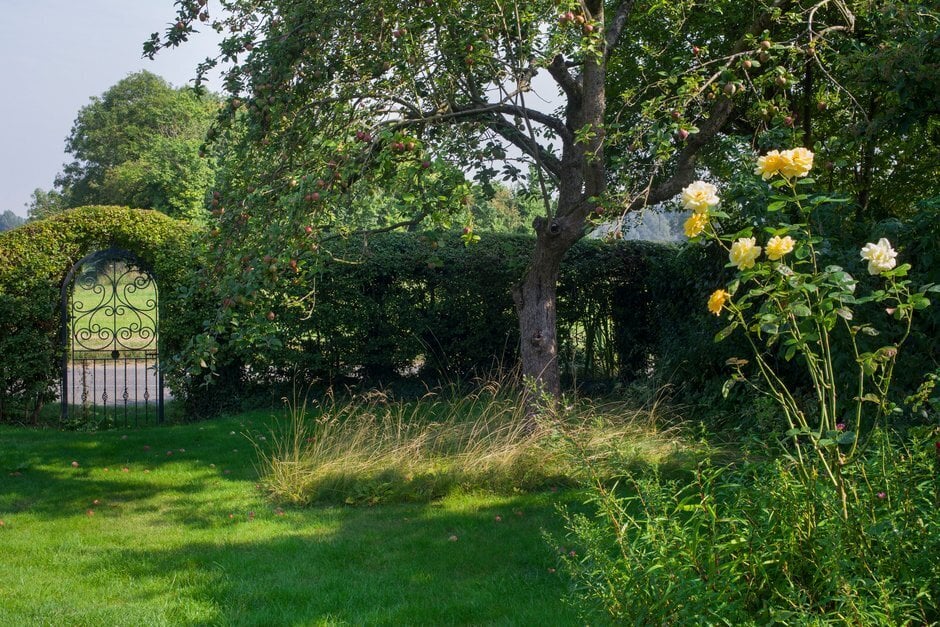
Hedge and woodland edge habitats
Trees and shrubs
Trees and shrubs provide supports for climbing plants such as clematis, roses and ivy. Ivy flowers in the autumn when few other nectar and pollen sources are available to insects. Flowering trees and shrubs are sources of nectar and pollen for insects. And with a large leaf surface area it means they support a host of aphids and caterpillars – themselves a large part of the diet for birds and their chicks.
Dense branches and natural cavities in trees and shrubs means good nesting and roosting sites for birds and bats.
Forest trees such as oak, ash and beech, while excellent for wildlife, are too large for most gardens. Instead, consider planting;
Buddleja
cherry (Prunus avium)
Cotoneaster
crab apple (Malus)
goat willow (Salix caprea)
hawthorn (Crataegus monogyna)
hazel (Corylus avellana)
holly (Ilex aquifolium)
mountain ash (Sorbus aucuparia)
Pyracantha
silver birch (Betula pendula)
spindle (Euonymus europaeus)
wild roses (Rosa)
Flower borders
Well-stocked flower beds means there are lots of provisions for wildlife. They are a source of nectar and pollen for bees, butterflies and other flower visitors. As the flowers go over there are seed heads for seed-eating birds and insects. And if the annual cut back of perennials is delayed until early spring, there are hollow stems and foliage available for overwintering invertebrates.
When choosing plants, look for those which hold the RHS Plants for Pollinator logo and avoid lots of double-flowered forms which don't have easily accessible pollen or nectar. Plant a range of annuals and perennials which flower over as long a season as possible. Useful garden flowers are sedums, scabious, sunflower, Michaelmas daisies, wallflowers, aubrieta and golden rod. Native plants, including foxglove, meadow cranesbill, primrose, cowslip, hemp agrimony, knapweeds, teasel and red campion, can be incorporated into flower beds.
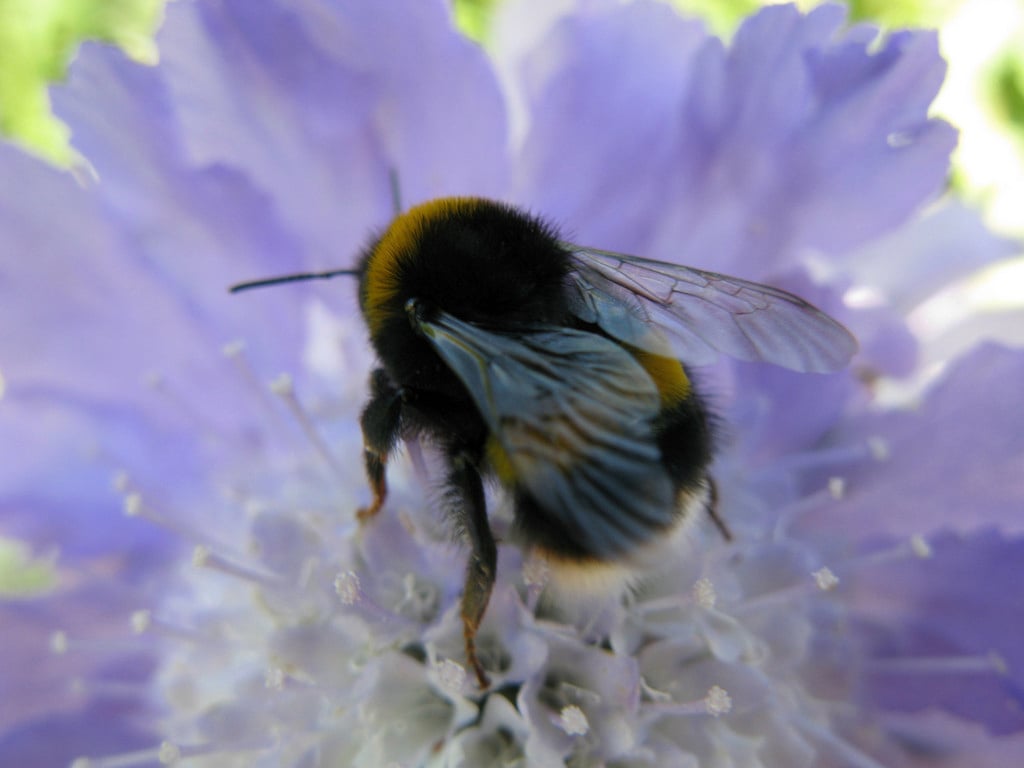
Bees in your garden
Butterflies in your garden
How gardeners can help our declining bees and other pollinators
Pots & containers
A small space or lack of a garden doesn't mean you can't help wildlife. Ground beetles, centipedes and woodlice can make a home under a pot, a robin choose to nest in an undisturbed hanging basket and pollinators flock to container favourites such as lavender and nasturtium.
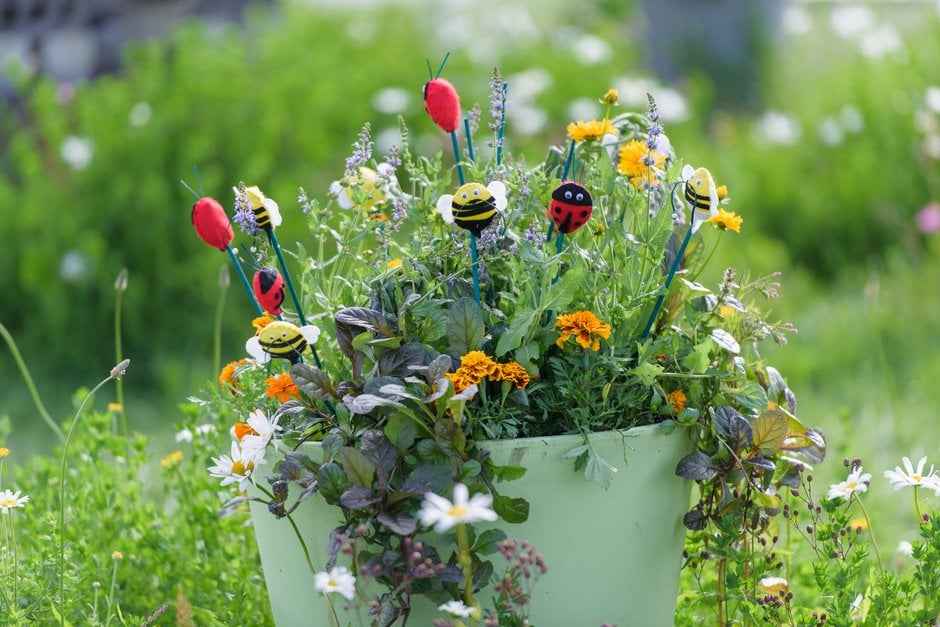
Pots and container habitats
Fruit & vegetable areas
If you have an allotment or grow your own at home, chances are you will be providing lots of flowers for pollinators. Fruit tree blossom, fruit bushes, tomatoes, beans, courgettes and pumpkins all attract bees and other pollinating insects. Grow plenty of herbs too and let some of these flower. Try growing annual marigolds, phacelia and poppies around the edge of the kitchen garden to encourage insects such as hoverflies. Many hoverflies are beneficial as their larvae prey on aphids, which are common pests on many fruit and vegetables.
Leave some fallen fruit in the autumn to be eaten by overwintering migrant birds, such as redwings and fieldfares.
Dead wood & compost heaps
Dead wood provides habitat for approximately 20% of Britain’s woodland insect fauna. Logs and standing dead timber is food for wood-boring insects that in turn are eaten by woodpeckers and treecreepers. In a garden dead trees or branches should be checked for signs of disease. Dead material may need to be removed on the grounds of safety or to prevent disease spread. However, where dead wood cannot be left in situ, it can be still stacked in a shady part of the garden.
All good gardens have a compost heap. Decaying plant material seethes with springtails, worms, mites and other invertebrate animals. They are part of the composting process and, along with bacteria and fungi, will convert the vegetation into a rich, crumbly compost. The heap will also be an important feeding area for birds and insectivorous mammals. The warmth of a heap can attract grassnakes as a cosy nest to incubate their eggs.
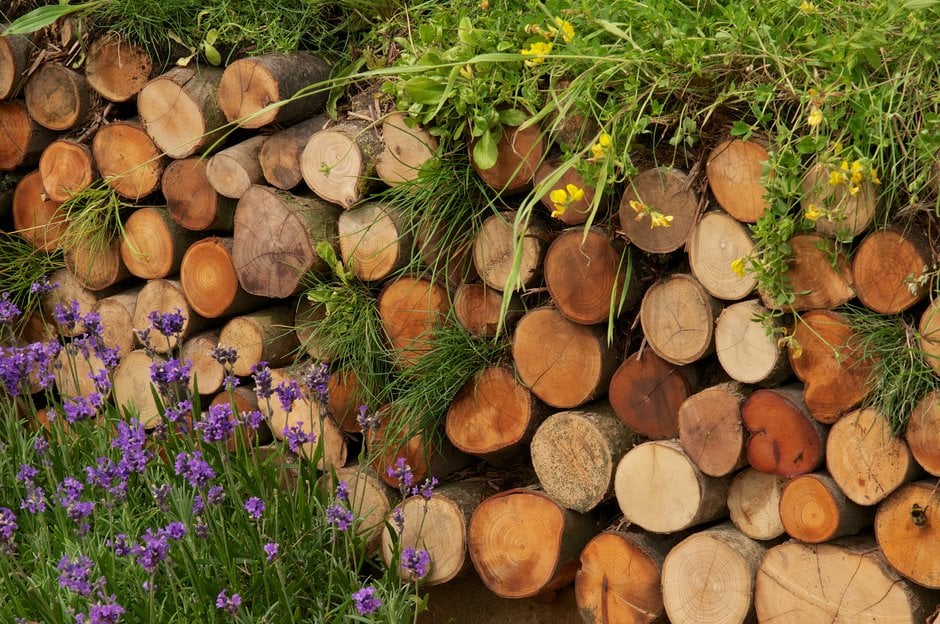
Dead wood and compost heap habitats
Planting for wildlife
Think about what structure your plants are creating - look to have both tall shading canopy and low dense groundcover; incorporate deciduous plants for regular leaf fall (this helps the detritivores) but also some evergreens to offer winter shelter. Seek planting opportunities in more barren areas such as between paving slabs or up bare walls and fences and even on roofs.
Also consider what resources the plants in the garden offer. Do you have flowering plants than span a long season and deliver pollen and nectar? Don't worry if not, just check out our RHS Plants for pollinator lists or look for the logo when you're shopping for plants. There are many creatures which feed directly on the leaves and stems of plants, most not causing significant damage to the plant. So think about including some plants known to be host plants, say for butterfly or moth caterpillars.
It is beneficial to have a good proportion of British native plants in your garden, especially those that already occur in the locality. But overall results from our Plants for Bugs study suggest you will support the most garden invertebrates (and all the things which rely on them) with a mix of both native and non-native plants.
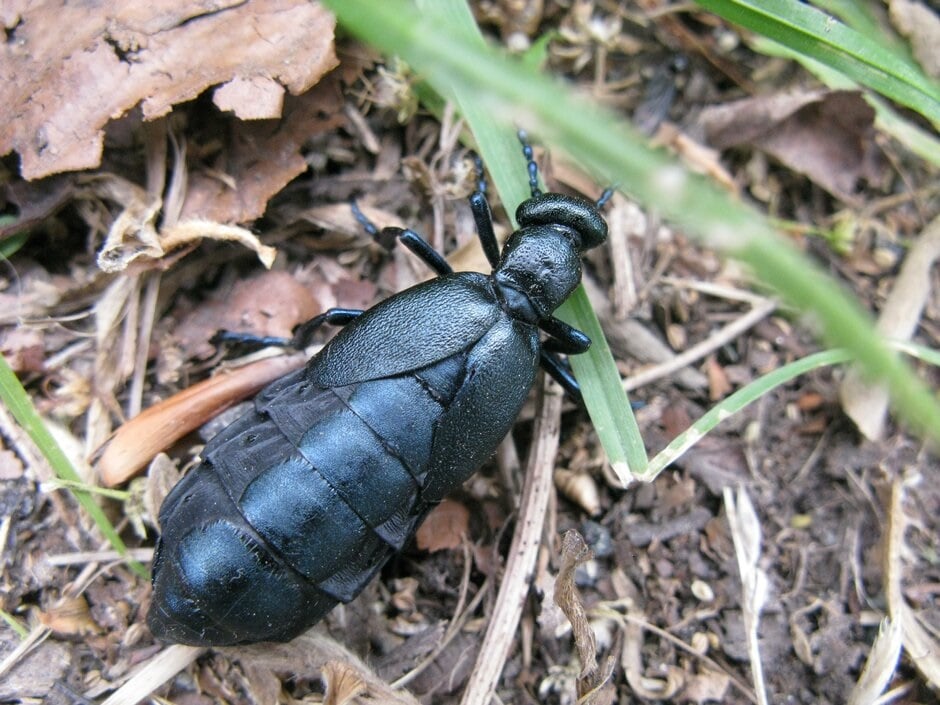
Native and non-native plants for ground-active invertebrates
Native and non-native plants for plant-dwelling invertebrates
Native and non-native plants for pollinators
Simple steps to encouraging wildlife
- Provide as wide a range of habitats as possible.
- Plant a wide range of plants too, with a mix of native and non-native, evergreen and deciduous. Here are five inspirational wildlife-friendly plants to get started.
- Include lots of pollinator-friendly flowers. Try these 10 great patio plants for bees.
- Allow plants to go to seed and leave dead plant stems in the border for overwintering insects.
- Try to see the bigger picture and reduce or avoid using herbicides, fungicides and insecticides.
- Put out a source of shallow water for birds and other wildlife to use for drinking and bathing.
- If your garden lacks a lot of natural cover and nest sites, put up nest boxes for bats and birds. You can also install solitary bee nesting tubes though remember to clean out or replace every two years in late summer.
- Make a compost bin, log pile, log wall or dead hedge and don't be hasty to clear leaves from under hedges.
- Limit plastic use, making sure plastic plant and fruit cage netting has no loose edges which wildlife can get caught up in.
- Keep garden and security lighting to a minimum.
RHS policy statements
- The RHS recognises and actively promotes the valuable contribution that gardens make to wildlife, believing that with thoughtful management it is possible to enhance the wildlife potential in any garden without compromising the gardener’s enjoyment of it
- The RHS actively supports the fostering of local biodiversity in gardens, by promoting knowledge of a wide range of native fauna and wild flower species, their ecology and conservation
- The RHS recognises that a healthy garden contains a dynamic ecosystem so measures which cause least negative impact on wildlife (such as biological control) should be given priority in the event that a plant or crop requires protection
- The RHS adopts and demonstrates these policies in the management of its own Gardens and, through RHS Gardening Advice and RHS website, provides advice on gardening with wildlife in mind
See also...
The Wildlife Trusts Planning: good practise guidance for green infrastructure and biodiversity
Wild About Gardens
Wildlife gardening
Wildlife Gardening Forum
Get involved
The Royal Horticultural Society is the UK’s leading gardening charity. We aim to enrich everyone’s life through plants, and make the UK a greener and more beautiful place.